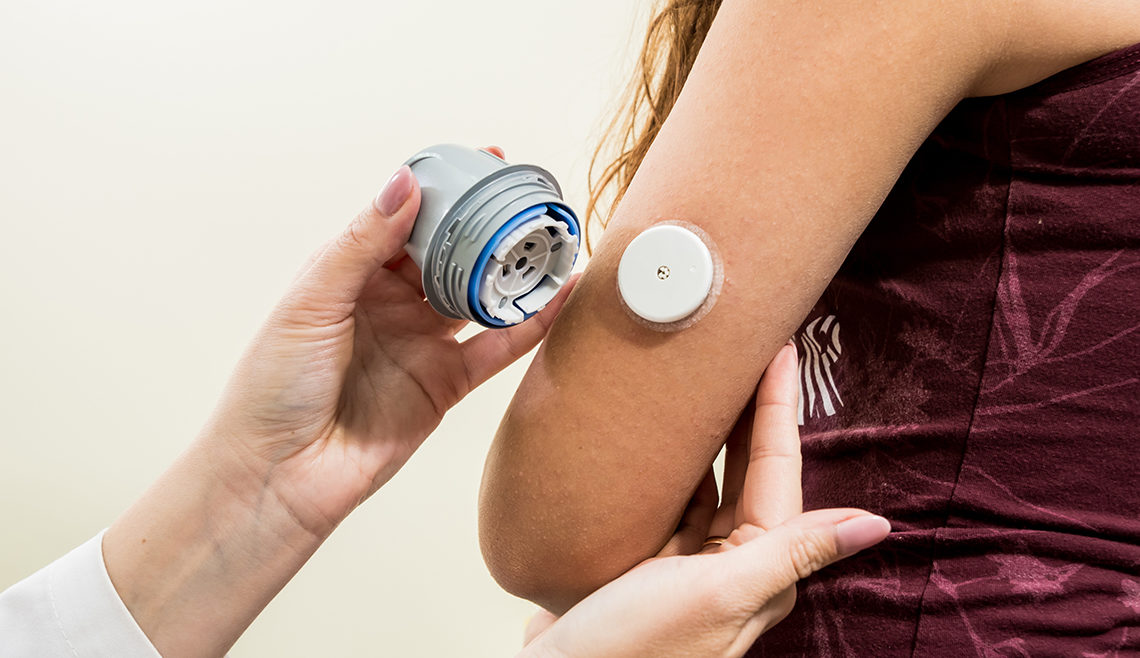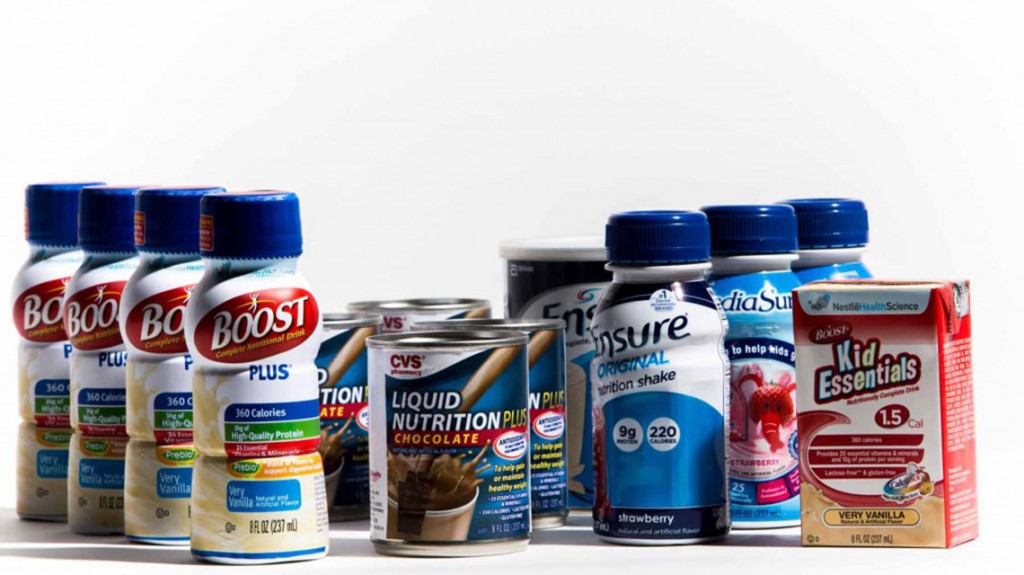Quality Improvement Approach Reduces Pediatric Asthma Emergency Department Visits by 33%
Quality Improvement Approach Reduces Pediatric Asthma Emergency Department Visits by 33% https://pediatricsnationwide.org/wp-content/uploads/2023/05/Asthma-Using-Spacer.jpg 770 513 JoAnna Pendergrass, DVM https://pediatricsnationwide.org/wp-content/uploads/2021/03/pendergrass_01.jpgWith institutional support, a primary care-based quality improvement initiative markedly reduced asthma-related emergency department visits for children with asthma. Researchers at Nationwide Children’s Hospital implemented a quality improvement (QI) project that reduced pediatric asthma emergency department (ED) visits by 33% from 2010 to 2019. Stephen Hersey, MD, a pediatrician in Nationwide Children’s section of primary…


















